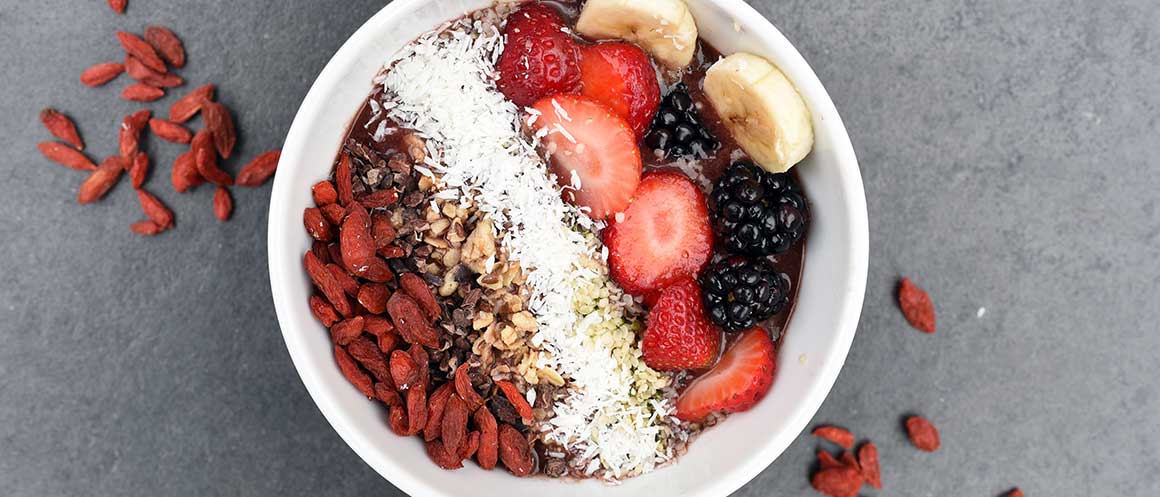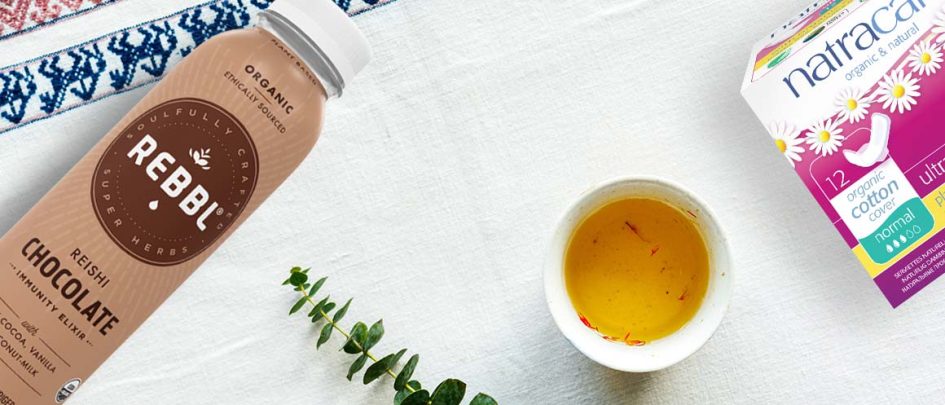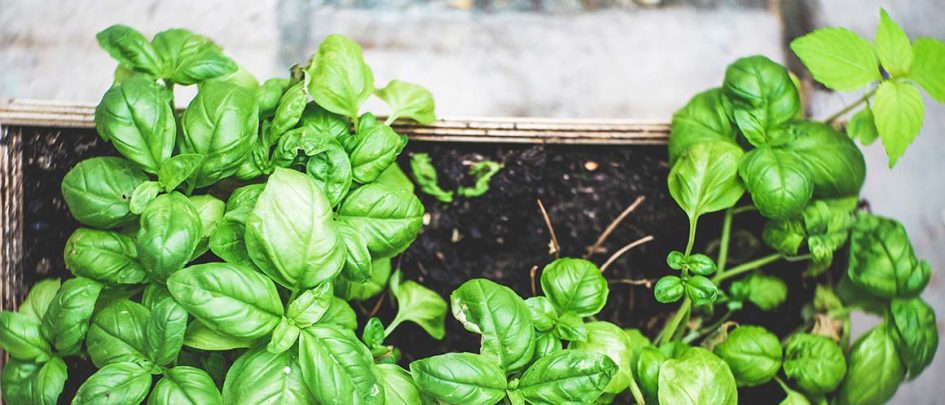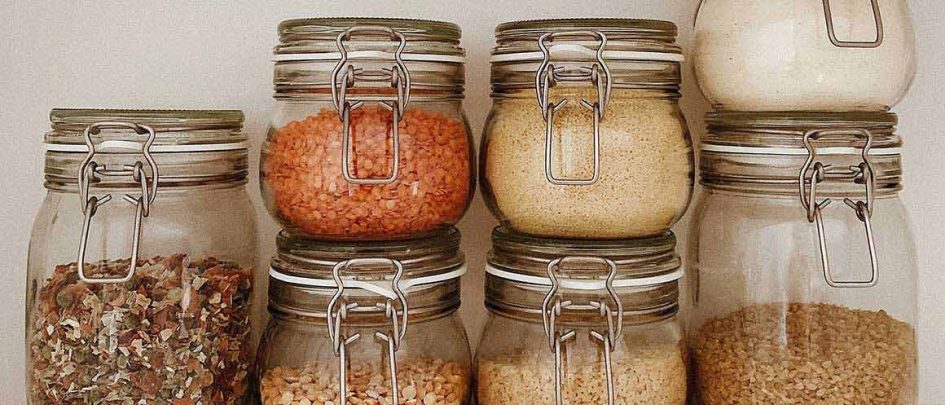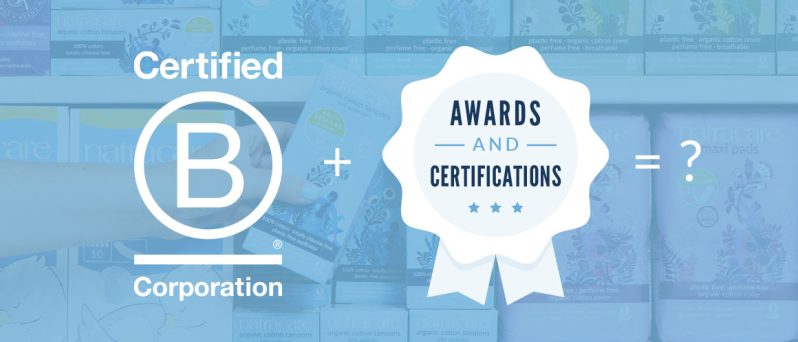The word Superfood sounds like an impressive foodie term but the definition is actually really simple – a superfood is a food that is especially rich in nutrients, and is usually plant-based. We’re advocates of vegan and vegetarian cooking and we believe that everybody could do with more plant-based nutrients! But how do you incorporate so-called superfoods into your everyday meals?
We’re here with some handy tips to help you get more superfoods into your breakfast, lunch and dinner.
Chia seeds
‘Chia’ is the ancient Mayan word for ‘strength’ – which is very fitting as these tiny little seeds pack a mighty punch. 28 grams of chia seeds contain 30% of your daily recommended intake (RDI) of magnesium – essential for regulating muscle and nerve function; 30% of your RDI of manganese – helpful with strengthening bones and joints; and 18% of your RDI of calcium – again, good for bones and also heart muscle strength.
They also contain zinc, niacin, potassium, thiamine and vitamin B2 – each instrumental to many different things from nervous system repair to psychological function.
Goji Berries
Tart and tasty, these little red berries boost the immune system with vitamin C. So it’s a good idea to start munching on them in time for cold and flu season. Goji berries are native to Tibet and Mongolia – and have been used in Chinese medicine for centuries to treat eye conditions, skin conditions and all manner of other ailments.

Recipe idea:
A super-boosted morning muesli is a brilliant way to start the day. You can crunch away in the knowledge that you’re giving yourself the best head start – which is especially important as winter sets in.
If you want some inspiration what about Elle Bakes’ morning muesli with chia seeds and goji berries?

Walnuts
Walnuts look a bit like little brains, right? A funny coincidence, since they are especially good for brain function. Just seven walnut halves provide your daily dose of alpha-linolenic acid (ALA) – an important omega-3 fat which has been linked to improved memory and coordination. ALA also protects against type 2 diabetes.

Spinach
Spinach is versatile, easy to cook with and super healthy. Spinach is full of beta-carotene (nature’s yellow pigment, however, in spinach the yellow colour is masked by chlorophyll). Beta-carotene is anti-inflammatory, anti-cancerous and protects your eyesight. Spinach is also rich in iron – no wonder it was Pop-Eye’s favourite dark green leaf!
Black Garlic
Black garlic may seem off-putting at first – it looks a bit like it’s gone really bad. But fear not! Black garlic is fermented, which means that the usual bundle of antioxidants you’d find in a clove of fresh, white garlic are nearly doubled.
Antioxidants protect your cells against the effects of free radicals, which have been linked to the growth of cancer — these are produced when your body is exposed to things like tobacco smoke and pollution.
Recipe idea:
Walnuts are really oily and whiz up easily into a pesto base without any need for soaking. Add pesto to wholewheat spaghetti and you’re well on your way to a superfood boost for lunch.
Try this recipe for spinach and walnut pesto from The Rustic Foodie – replace the garlic with black garlic for a superfood substitution. And if you’re a vegetarian or vegan, replace the Parmesan with a generous sprinkling of nutritional yeast.

Seaweed
There are so many different types of seaweed to choose from, with a surprisingly wide range of flavours and textures (some people swear that dulse seaweed tastes of bacon). Seaweed is fast-growing and abundant, so you can guarantee that it’s sustainable.
Sea vegetables like seaweed are an easy way to get a dose of iodine, which is vital for brain health and thyroid function. This is a good tip for vegans who are more at risk of iodine deficiency as a group. However, lots of iodine over a long period of time can be harmful, too, so maybe use seaweed in your cooking only a few times a week.
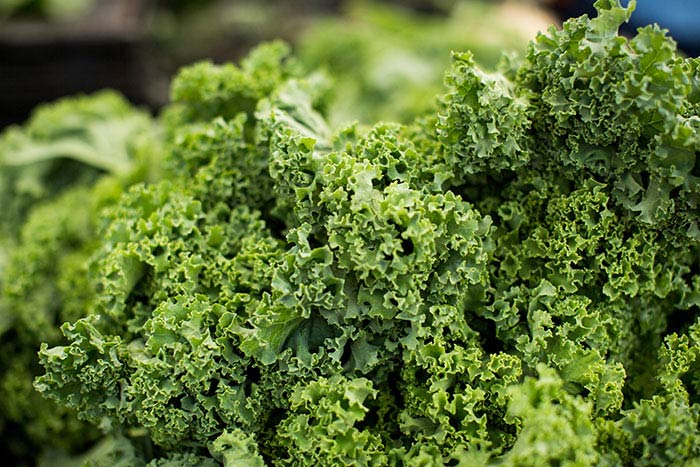
Kale
Like the other dark, leafy greens, kale is rich in vitamins A and C, and is loaded with calcium. Kale also contains folate which is key to reproductive health and the wellbeing of developing babies.
Recipe idea:
When the day is done, we like nothing more than tucking into something that’s going to nourish us at the same time as thoroughly satisfying our tastebuds.
We love A Lazy Girl Goes Green’s kale, seaweed and tempeh noodle dish with peanut sauce and maybe you will, too.
Get in touch if you have any other recipes, tips or tricks – or if you just want to let us know that you’ve really enjoyed cooking with these seven superfoods!
